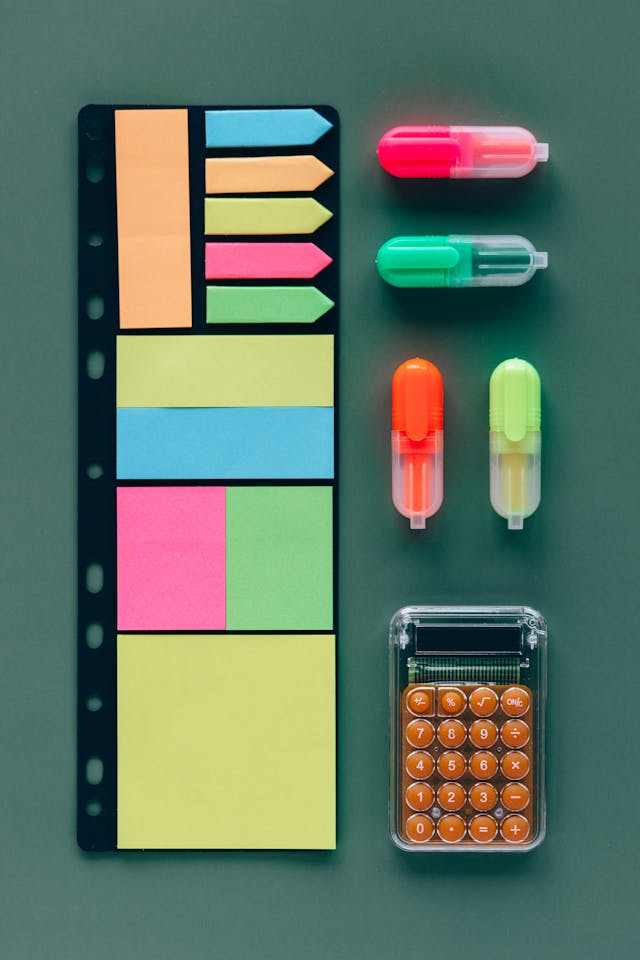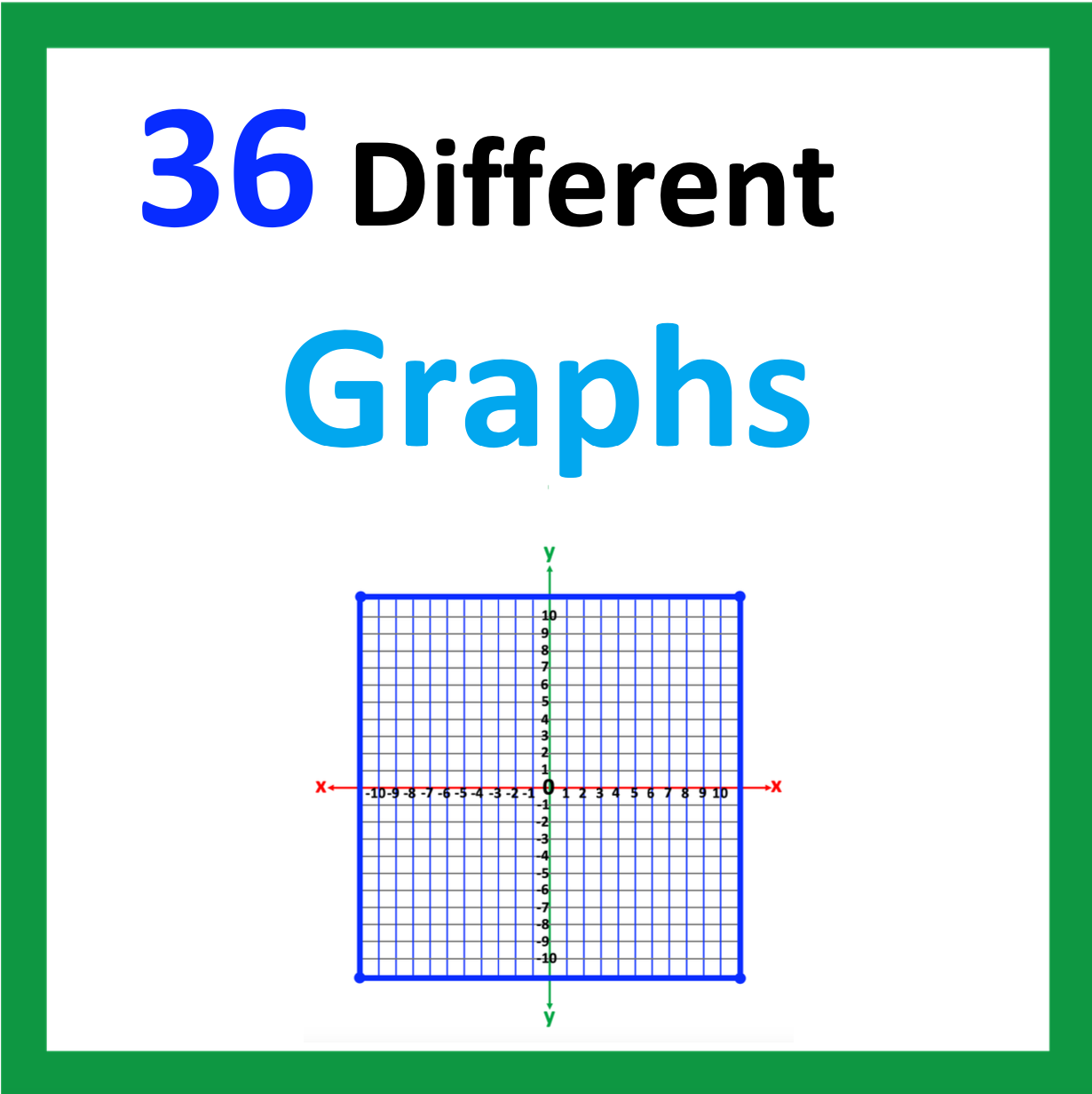Abby is acing algebra. Juan is soaring in geometry. Mario is turning in all middle school math homework on time. But it was not always like that. Not even close. Students are now able to complete math homework successfully, which results in an improved math grade.
#1 – The Classroom
Effective teachers provide students with a structured classroom experience to promote student success in completing math homework. This includes instruction, and provision of extra resources such as study guides, flow charts, and additional resources to help students best understand the material. Teachers provide homework for students to show what they learn in the classroom. Teachers also evaluate student knowledge through quizzes and tests.
In addition, it is important to recognize that many teachers spend hours after school and on the weekend to prepare for classes. They also respond to emails from parents, teachers, and other staff. Like parenting, it is a job that never ends.
As you can see, a day of teaching is packed with responsibilities.
After instruction, teachers assign homework and provide other related supplemental resources and additional examples to help students with the assignments.
However, despite the best efforts of teacher-provided instruction and additional resources, some students do not turn in homework. Daily, teachers observe and hear the following:
- 1. Student Absence
2. “I didn’t have enough time.”
3. “I lost the assignment.”
4. “I didn’t know we had an assignment.”
5. “I didn’t understand how to do it.”
6. “My sister threw it away.”
7. “My computer didn’t work.”
8. “I left my binder in someone else’s car.”
9. “I had too many other assignments.”
10. “I had an extra-curricular outing last night.”
11. Family issues.
12. Last but not least: “The dog ate it.”
#2 – Where to Start?
Next, let’s determine where to start. Though most of my students are homeschooled, I also find homework completion an issue. One of the most significant challenges I observe is disorganized, 3-ring binders. If my students do not find the assignment, work packet, or notes, it is due to a lack of binder organization. When students cannot locate notes and other resources, they will also struggle to complete the assignment.
Let’s explore binder organization strategies.
A. Materials Needed to Complete Math Homework
Now, make a list of organizational tools.
- 1. Two, 2 to 4-inch, wide binders
2. Calendar, or Schedule book to write down assignments
3. Two sets of at least 8 or more thin tab divider pages
4. Loose-leaf notebook paper
5. Post-it notepad set that may be inserted into a 3-ring binder (see below)
6. A 3-ring, clear zip bag to contain pencils, highlighters, and a calculator


Likewise, I recommend punching holes in the calendar or assignment book before placing it in the binder. Next, slip it into the clips of the binder. This keeps it from slipping out. The example above illustrates a planner which provides ample space to include assignment details.
Furthermore, students may also use their phones to take pictures of assignments written on the board. Other students may use apps on their phone or computer to record the assignment. Electronic devices may also include alerts to remind students that an assignment is due.
B. How to Organize the Math Binder
Next, organize the binder in a specific and consistent order. Check with the teacher to determine what specific sections are needed.
Place the calendar/assignment book in front of the first tab. Below, five tab page divider page sections are listed.
1: Table of Contents/Topic Outlines
These details help students quickly locate notes and other resources for review.
This provides an overview of content for students to use as they prepare for quizzes and tests.
2: Notebook Paper: to be used for notetaking, assignments, or other tasks
3: Notes Section: place dated notes, flow charts, diagrams, graphic organizers and other visuals
4: Homework to be completed before the next class
5: Returned homework, quizzes, or tests.
Furthermore, be aware that over time, the binder will get full. To lighten the binder, remove the oldest materials. Place these materials in the second binder. Use the same organization system as the original. This provides an organized location for review for end-of-the-year, cumulative exams. It also provides a resource for students studying for the math section of A.C.T., or other college entrance exams.
#3 – Time Management
In addition to organizing materials, time management contributes to homework completion. Students need to consider a list of strategies that will aid in homework completion. Below is a list of strategies.
A. Student-Directed Strategies to Complete Math Homework
- 1. Use an appointment schedule book broken up into 15-minute intervals. Record your day. For example, block off Monday: 8:00 – 3:30 and label it, “School”. Other blocked areas may include “Job,” and other routine commitments.
This will help you visualize where you can schedule homework. Consider your scheduled homework time as important as school. Do not allow other distractions to get in the way. Also, block off time to do something you enjoy.
2. As you complete each assignment, check it off your list, or cross it out. This will help you feel like you are making progress.
3. For bigger projects that take several days, break the task into daily manageable tasks. Check off each task as it is accomplished.

B. Resources to Consider to Complete Math Homework Successfully
Furthermore, just as having a scheduled plan is effective, consider other available resources. See the list below.
- 1. Complete homework with a friend who can explain concepts easily. Set a time to finish the homework to allow time to do something fun. Beware: Sometimes meeting with others leads to more distraction.
2. Discover a location that would provide the least amount of distractions.
Consider visiting another family member or trusted adult who has a supportive, quiet environment, and provides accountability for homework completion.
4. Are after-school tutoring sessions available? If so, do participate.
5. If math is difficult, you may benefit from working with a math tutor.
6. If you have an IEP, you may need to advocate for yourself, reminding your teacher that you have accommodations for tests and assignments, such as extended time for completion or shortened assignments over the same content.
#4 – Technology: Help or Hindrance
Now, let’s consider phones and computers.
- Pros:
1. Calculator access
2. Can be used for completion of online assignments
3. Quick access to other math-help resources
4. Built-in timer
5. Music Access
- Cons:
1. Distraction from message alerts, leading to the temptation to answer every message which
interferes with planned homework time
2. Answering message alerts subtracts time for completing homework.
3. After answering message alerts, it takes time to re-focus on the homework concepts
4. When searching for math sources online, it is easy to get distracted by other sites different from your original search.
Suggestions for Students:
Furthermore, given the pros and cons, it is best to consider how to get the most from the least. For example, does your device allow you to turn off alerts? Would setting a timer for online searches decrease time viewing distractions along the way? As you reflect on distractions, consider ways to successfully navigate directly to the source you are searching for.
Conclusion
In conclusion, as teachers provide effective instruction and resources, students are off to a great start. On the other hand, students also need to know how to manage materials and time. When both occur, student success with homework improves!
Other Related Posts

Looking for More Materials?
Click the button below to view more of my educational resources!

